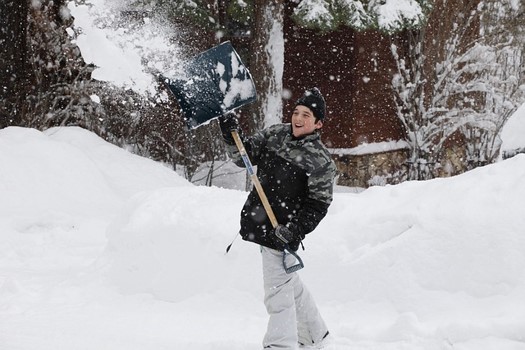Aches, joint pain, and stiffness – most of us experience these evils the most when the mercury drops. There’s a reason for that: the decrease in barometric pressure causes the muscles, tendons, and their surrounding tissues to swell. The result is a sharp pain that may last the entire season if not treated immediately.
That’s not all, though. Winter injuries cause more than just discomfort. None of us wants to face the after-effects: depression, mood swings, and several days of missed work.
Fortunately, there’s a lot you can do to overcome these winter injuries. Let’s find out how to win this battle and enjoy the chilly winds as a healthy individual.
How To Treat a Knee Injury
It’s no surprise that people prefer to stay indoors in cold weather. This leads to inactivity for a longer time, and hence, might result in affecting your joint health. Besides, the muscles and tissues surrounding your knee lack a certain level of lubrication in winters. Thus, they’re prone to a higher level of stiffness.
If you try to run without warming up your knees, chances are that you’ll get achy and sore knees. You can use knee compression bands to get rid of the pain. Another way to tackle the pain is to lose those extra pounds that are putting pressure on your knees. You can minimize inflammation by avoiding sugary and processed food.
If you’re experiencing persistent swelling or severe knee pain that limits your mobility, it’s always a good idea to consult a knee doctor Portland has to offer.
How To Say Good-Bye To Stiff Back After Waking Up In A Cold Day
The blood flowing to the structures that support your spine naturally decreases in the colder months. That’s what creates stiffness in the lower back. If you often feel an extra strain on your lower back in winters, you’re not alone. Eighty percent of Americans experience back pain at least once in a lifetime. Dark days in the colder weather also contribute to seasonal depression which can trigger back pain.
Stay away from this notorious injury by staying warm. Invest in an electric blanket to tighten your back muscles during the night, use a warm compress if you have a desk job, and wear an extra layer when going outdoors. Finally, never neglect indoor exercises to relieve pain but take advice from your doctor first.
How To Overcome An Injury Caused By Shoveling

Ever experienced a strain after overusing a muscle? It might be caused by the shoveling chore you did on a snowy day. Since shoveling is a physical activity that requires muscles to stretch, it can often overstrain your muscles. If you wake up with stiffness and pain in your arms, legs, and lower back, it might be that you’ve worked extra hard in lifting that heavy snow.
Treat those post-shoveling pains by using Epsom salt while taking a warm bath. The magnesium in this natural salt will not only help relieve the muscle soreness but will also overcome the physical exertion.
Another way to relieve pain is by applying an ice pack (covered in a towel) on the affected areas for 20 minutes. Do this for the first 24 hours. This will help reduce bruising and inflammation. You can apply heat the next day to relax the tightened muscles and increase the blood flow.
The Takeaway
Keeping a positive outlook towards the winter season will do wonders if you want to heal quickly. Had a great fall while playing your favorite winter sports? Instead of frowning over it, set your mind at ease and think about how giving yourself a break from winter activities will strengthen your body. That way, you’ll be able to overcome an injury in a much positive attitude.
